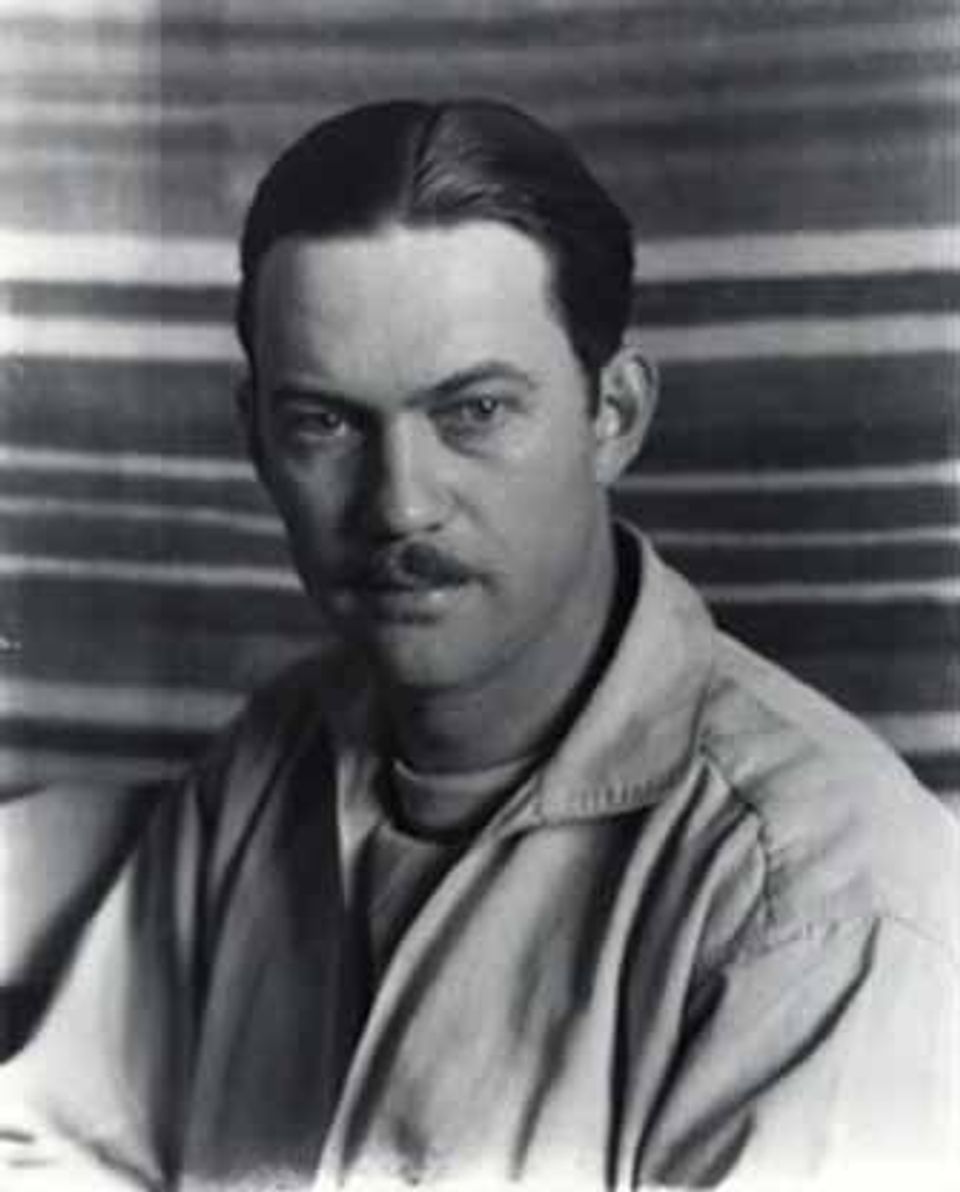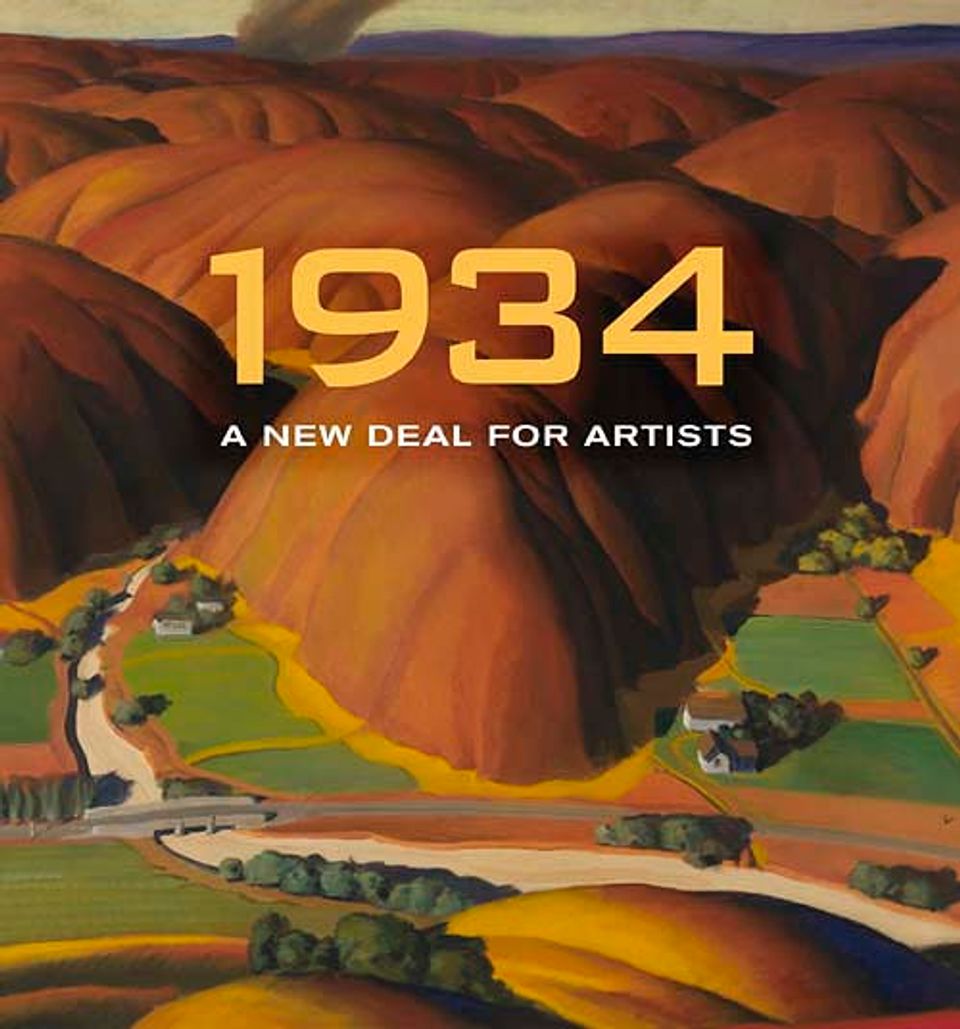Artist
Kenneth M. Adams
born Topeka, KS 1897-died Albuquerque, NM 1966

- Also known as
- Kenneth Miller Adams
- Kenneth Adams
- Born
- Topeka, Kansas, United States
- Died
- Albuquerque, New Mexico, United States
- Active in
- Taos, New Mexico, United States
- Biography
- Kenneth Adams grew up the youngest of five children and spent his time copying pictures from books in the public library. After art school and military duty, he moved to Taos, New Mexico, where he opened a studio and joined the Taos Society of Artists, a group of painters from Chicago and New York in search of an “authentic” America. Adams became an Associate of the National Academy of Design by the time he was twenty eight and worked for the Federal Art Project in the 1930s. Over the course of his career he completed murals in Kansas, Colorado, and New Mexico and held teaching positions at several schools. (Coke, Kenneth M. Adams: A Retrospective Exhibition, 1964)














